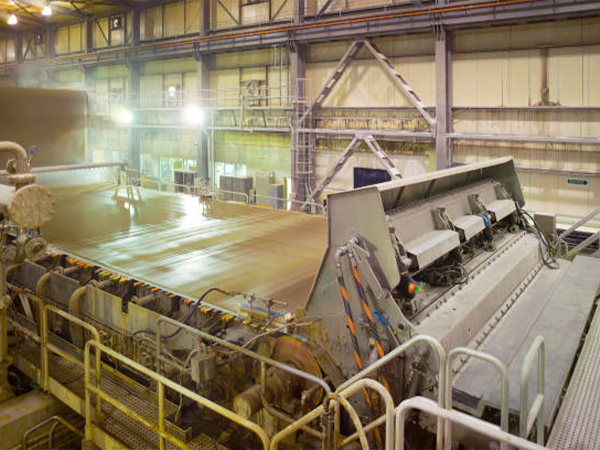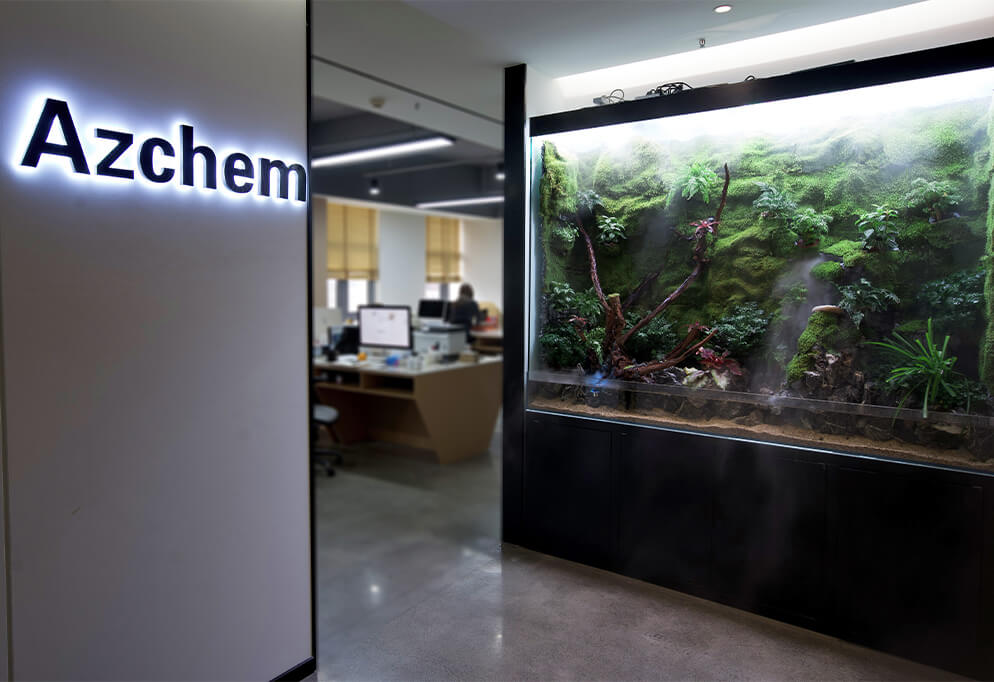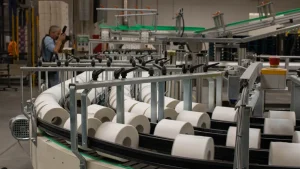
When you look at the paper industry, you find several main types of chemicals driving production and quality.
- Pulping chemicals break down wood fibers.
- Bleaching chemicals whiten and brighten the pulp.
- Additives, binders, and pigments enhance strength, printability, and color.
A chemical for paper plays a crucial role in transforming raw materials into high-quality products. Specialty chemicals help you achieve better durability and appearance, while advanced formulations support efficient manufacturing and sustainability. Understanding both benefits and environmental impacts guides responsible use in every step of papermaking.
Key Takeaways
- Cellulose is the main chemical building block of paper, providing strength and durability from natural plant fibers.
- Pulping chemicals like sodium hydroxide and sodium sulfide break down wood fibers, while bleaching agents such as chlorine dioxide and hydrogen peroxide whiten the pulp.
- Additives like sizing agents, fillers, and binders improve water resistance, brightness, and print quality of paper products.
- Using safer chemicals and advanced treatments helps reduce pollution and protect health, supporting sustainable paper production.
- Recycling paper with chemical additives is possible and helps reduce environmental impact when done properly.
Main Chemical for Paper
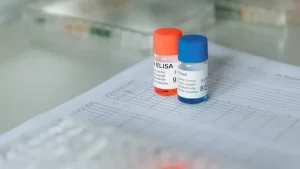
Cellulose and Its Role
When you examine the foundation of every paper product, you encounter cellulose as the essential building block. Cellulose stands out as a complex carbohydrate, forming long chains of glucose units. Its crystalline structure and hydrogen bonding give paper its strength and rigidity. You find cellulose in plants such as wood, cotton, hemp, and bamboo. The papermaking process relies on extracting and processing these fibers through pulping, bleaching, refining, sheet formation, pressing, drying, and finishing.
- Cellulose fibers create the backbone of paper, delivering strength, cohesion, and durability.
- The molecular structure of cellulose provides high strength and stiffness.
- Cellulose is the most abundant organic compound, making it a sustainable choice for paper manufacturing.
- You benefit from its versatility, as cellulose comes from various plant sources and can undergo chemical modifications.
- Environmental advantages include biodegradability and recyclability, supporting eco-friendly practices.
You notice that increased cellulose content, especially in nanofibrillar form, enhances paper strength. Cellulose nanofibrils accumulate at fiber junctions and pores, increasing the bonded area and forming a three-dimensional network. This network reinforces the paper matrix, improving mechanical integrity and overall quality. When you incorporate bacterial nanocellulose as an additive or coating, you boost tensile strength and printing quality. Higher cellulose content in nanometric form leads to stronger, brighter, and more printable paper products.
Key Pulping Chemicals
You encounter several pulping processes in paper manufacturing, each relying on specific chemicals for paper production. The most common methods include the Kraft, sulfite, and soda processes. Each process uses a unique set of chemicals to break down lignin and separate cellulose fibers.
|
Pulping Process |
Common Chemicals Used | Specific Roles |
|---|---|---|
|
Kraft (Sulfate) |
Sodium hydroxide (NaOH), Sodium sulfide (Na2S) |
Operate under strongly alkaline conditions to break down lignin into soluble fragments for removal. |
|
Sulfite |
Calcium bisulfite (Ca(HSO3)2), Magnesium bisulfite (Mg(HSO3)2) |
Introduce sulfonic groups into lignin, making it water-soluble and easier to remove. |
|
Soda |
Sodium hydroxide (NaOH), often with anthraquinone catalyst |
Cleave lignin into smaller, sulfur-free fragments, aiding separation in alkaline liquor. |
You recognize sodium hydroxide, sodium sulfide, and sodium bisulfite as key chemicals for paper pulping. Sodium hydroxide and sodium sulfide in the Kraft process offer efficient chemical recovery and produce strong, durable paper. However, handling large quantities of alkaline chemicals raises environmental concerns and requires careful management. Sodium bisulfite in the sulfite process generates less chemical waste and produces bright, high-quality paper, but demands high energy and expertise. Each chemical for paper pulping presents operational advantages and disadvantages.
|
Chemical(s) Used |
Environmental Advantages |
Environmental Disadvantages |
Operational Advantages | Operational Disadvantages |
|---|---|---|---|---|
|
Sodium Hydroxide & Sodium Sulfide (Kraft Process) |
Efficient chemical recovery lowers environmental impact |
Handling hazardous chemicals poses risks |
Produces strong, high-yield paper |
Energy-intensive; requires careful chemical management |
|
Sodium Bisulfite (Sulfite Process) |
Less chemical waste, lower impact than Kraft |
High energy use leads to greenhouse gas emissions |
Produces bright, fine-textured paper |
High chemical costs; limited capacity; requires expertise |
Major Bleaching Agents
After pulping, you must whiten and brighten the fibers using specialized chemicals for paper bleaching. The main agents include chlorine dioxide, hydrogen peroxide, and potassium chlorate. Chlorine dioxide serves as the primary bleaching agent in Elemental Chlorine Free (ECF) processes, favored for its effectiveness and reduced environmental impact compared to elemental chlorine. Hydrogen peroxide stands out for its strong oxidizing properties and safety, making it a preferred choice in Totally Chlorine Free (TCF) bleaching.
Chlorine dioxide achieves high brightness and strong pulp, but it still produces some halogenated compounds and chloride-containing effluents. These byproducts can cause corrosion and air emissions, presenting environmental challenges. Hydrogen peroxide, used in TCF bleaching, delivers bright pulp without chlorine-based pollutants. This method is considered the most environmentally friendly, avoiding toxic compounds and lowering the environmental footprint. Peracetic acid also shows promise for selective lignin removal and brightness, with non-toxic degradation products such as water, oxygen, and carbon dioxide.
| Bleaching Agent | Impact on Brightness | Environmental Footprint and Issues |
|---|---|---|
|
Chlorine Dioxide (ECF) |
Produces strong, high brightness pulp |
Reduces halogenated compounds but generates chloride-containing effluents; causes corrosion and air emissions. |
|
Hydrogen Peroxide (TCF) |
Produces bright pulp without chlorine-based pollutants |
Most environmentally friendly; avoids chlorine-based toxic compounds, resulting in lower impact. |
|
Peracetic Acid |
Selective lignin removal and brightness |
Non-toxic degradation products; potential to replace chlorine-based agents, though more research is needed. |
You see that modern bleaching methods, such as ECF and TCF, help you maintain or improve paper brightness while reducing environmental impact. Choosing the right chemical for paper bleaching ensures high-quality results and supports sustainability in your operations.
Additives and Fillers
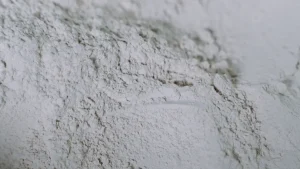
Sizing Agents
You rely on sizing agents to control how paper interacts with water and ink. Internal sizing agents, such as alkyl ketene dimer (AKD) and rosin, play a major role in enhancing water resistance. AKD wax stands out as a modern neutral sizing agent. It boosts water repellency, improves ink holdout, and increases durability. You can apply AKD both internally and on the surface, which helps packaging and printing papers resist moisture and maintain print quality. Rosin, a traditional sizing agent, offers basic water resistance but AKD provides superior performance across a wide pH range. Sizing agents also modify surface energy and porosity, which directly affect ink absorption and print sharpness.
Mineral Fillers
Mineral fillers help you adjust paper properties and reduce production costs. You often use calcium carbonate, clay (kaolin), and titanium dioxide as the main fillers. These minerals increase brightness, opacity, and bulk, while controlling pH and gloss. Fillers also influence paper density and air flow resistance. You must tightly control their concentration to avoid weakening the paper. The table below summarizes common fillers and their functions:
|
Additive/Filler |
Composition/Type | Function/Role in Paper Manufacturing |
|---|---|---|
|
Calcium Carbonate (PCC, GCC) |
Mineral filler, alkaline |
Brightness, opacity, bulk, pH control; cost reduction; affects strength |
|
Clay (Kaolin) |
Hydrated silica-aluminate |
Cost reduction, gloss, air flow resistance, friction reduction; affects density |
|
Titanium Dioxide (TiO2) |
Mineral pigment |
Opacity and brightness enhancement |
Optical Brighteners
You use optical brighteners to make paper appear whiter and fresher. These chemicals absorb ultraviolet light and re-emit blue light, which compensates for yellow or brown tones. Optical brighteners help you achieve a uniform appearance and reduce brightness variations. They also improve print quality by providing a brighter background for text and images. The most widely used compounds in this category are fluorescent whitening agents, which you add in small amounts to maximize visual impact.
Tip: Optical brighteners do not increase the actual whiteness of paper, but they enhance perceived brightness by shifting the color balance.
Pigments and Coating Binders
Pigments and coating binders allow you to fine-tune the surface properties of paper. Pigments like kaolin clay form the structural foundation of coatings, while binders such as starch and styrene butadiene latex hold pigment particles together. Starch-based bio-latex increases surface roughness and water absorbency, which can improve ink absorbency and print performance. Styrene butadiene latex creates a smoother, glossier surface and enhances coating uniformity. You select the right combination of pigments and binders to optimize gloss, print surface strength, and absorbency. These chemicals for paper coatings help you meet demanding print and packaging standards.
Strength and Surface Chemicals
Adhesives and Binders
You rely on adhesives and binders to create strong bonds between cellulose fibers, which directly impacts paper durability and surface quality. Starch adhesives play a vital role in this process. When you heat starch in alkaline solutions, the granules swell and gelatinize, forming robust connections with cellulose fibers as water evaporates. Chemical modifications—such as oxidation, esterification, and graft copolymerization—convert starch’s hydroxyl groups into aldehyde, carboxyl, or ester groups. These changes improve water resistance, bonding strength, and thermal stability. You often blend modified starch with synthetic polymers like polyvinyl alcohol (PVA) or acrylics. These polymers form adhesive films that interact efficiently with cellulose, enhancing mechanical properties such as rupture modulus and internal bonding strength. Additives like silica nanoparticles and surfactants further boost adhesive strength and fluidity, making the paper more durable and less sensitive to moisture.
Tip: Using a combination of natural and synthetic binders allows you to tailor paper properties for specific applications, from packaging to high-quality printing.
Strength Enhancers
You use strength enhancers to reinforce paper structure and maintain integrity during wetting, drying, and mechanical stress. Synthetic agents such as polyamideamine-epichlorohydrin (PAE), melamine formaldehyde (MF), and polyethyleneimine (PEI) form covalent and ionic bonds with cellulose fibers. These bonds create a three-dimensional network that increases wet and dry strength, moisture resistance, and tear resistance. Natural polymers like starch, chitosan, and cellulose nanofibrils rely on hydrogen bonding to improve fiber-fiber interactions, though they generally provide less strength than synthetic agents.
| Chemical Type | Examples | Mechanism and Contribution to Durability |
|---|---|---|
|
Synthetic Strength Agents |
PAE, MF, PEI, PAM, GPAM, PVAm, Polycarboxylic acids |
Covalent crosslinking with cellulose fibers, enhancing wet/dry strength and moisture resistance |
|
Natural Strength Agents |
Starch, Cationic starch, Chitosan, CNF, Soy protein |
Hydrogen bonding with fibers, reinforcing fiber-fiber interactions for improved wet strength |
You also benefit from enzyme blends, such as cellulases and xylanases, which modify fiber surfaces and increase flexibility. Enzymatic pretreatment can boost tensile strength by up to 60% and improve water removal during pressing. This approach reduces refining energy and supports sustainable papermaking. By selecting the right chemical for paper strength and surface enhancement, you ensure your products meet demanding performance standards.
Environmental and Safety Impact
Chemical Residues
You encounter chemical residues in finished paper products that can affect both health and the environment. Per- and polyfluoroalkyl substances (PFAS) often remain in paper due to their use in manufacturing. These compounds persist in the environment and have links to cancer risk and contamination of waterways near paper mills. Regulatory oversight for PFAS remains limited, which raises concerns about long-term exposure for you and your community. You also find residues from disinfectants and cleaning agents, such as silver nitrate, chlorine dioxide, sodium chloride, titanium dioxide, and quaternary ammonium compounds. These substances can cause corrosion, discoloration, and sticky surfaces that encourage microbial growth. You may notice strong odors or bleaching effects on clothing, and some residues can irritate skin or increase microbial resistance.
- Common chemical residues in paper:
- PFAS
- Silver nitrate
- Chlorine dioxide
- Sodium chloride
- Titanium dioxide
- Quaternary ammonium compounds
- Risks associated with residues:
- Corrosion and discoloration
- Microbial buildup
- Health concerns, including irritation and resistance
Effluent and Pollution
You must manage effluent from paper mills to protect the environment. Regulations such as the UK’s Environmental Protection Act and the EC directive on Integrated Pollution Prevention and Control require mills to use the best available techniques. You rely on primary clarification and secondary biological treatment to remove biodegradable organics. Advanced tertiary treatments, including fungal processes, chemical oxidation, and membrane filtration, help reduce color and chlorinated compounds. Untreated effluents once caused sewage fungus growth and harmed fish populations downstream. Failures in treatment can release suspended solids and nutrients, leading to eutrophication. You see the industry moving toward recycling and water reuse to reduce freshwater consumption. The concept of zero liquid effluent aims to minimize pollution, though it may concentrate some compounds and affect paper quality.
| Aspect | Details |
|---|---|
|
Regulations |
UK and EU require best available techniques; emission data publicly available |
|
Treatment Methods |
Primary clarification, secondary biological, advanced tertiary treatments |
|
Environmental Impact |
Untreated effluents harm aquatic life; treatment reduces pollution |
|
Water Use |
Industry is water-intensive; recycling and zero liquid effluent reduce environmental footprint |
Safer Alternatives
You see a growing trend toward green chemistry in the paper industry. Manufacturers now seek safer alternatives to traditional chemical for paper processes. Hydrogen peroxide and peracetic acid replace chlorine-based bleaching agents, reducing toxic byproducts. You benefit from bio-based sizing agents and natural strength enhancers, which lower health risks and environmental impact. Water recycling and closed-loop systems help you minimize pollution and conserve resources. You support innovation by choosing sustainable chemicals and adopting advanced treatment technologies. These changes protect workers, consumers, and the environment, while maintaining high paper quality.
Tip: You can help drive sustainability by selecting paper products made with safer chemicals and supporting companies that invest in green technologies.
You play a vital role in shaping paper quality by choosing the right chemical for paper. Responsible chemical use helps you address challenges such as water consumption, pollution, and deforestation.
- Innovations like enzyme technology and nanocellulose improve safety and sustainability.
- Certifications and proactive management ensure compliance and transparency.
Ongoing research and collaboration drive safer solutions, helping you balance product performance, health, and environmental responsibility in the paper industry.
FAQ
What is the most important chemical in paper production?
Cellulose forms the backbone of every paper product. You rely on cellulose fibers for strength, durability, and printability. Without cellulose, you cannot achieve the essential qualities needed for high-performance paper.
Are chemicals in paper safe for you?
Most chemicals used in paper manufacturing meet strict safety standards. You should choose products certified for low chemical residues. Look for labels like FSC or ECF to ensure safer options.
Tip: Always check for certifications to minimize health risks.
How do additives improve paper quality?
Additives such as sizing agents, fillers, and binders enhance brightness, water resistance, and printability. You benefit from improved durability and smoother surfaces, which support better printing results.
- Sizing agents: Water resistance
- Fillers: Brightness
- Binders: Strength
Can you recycle paper with chemical additives?
You can recycle most paper products, even those with additives. Modern recycling processes remove or neutralize many chemicals. You help the environment by recycling paper whenever possible.
| Paper Type | Recyclable? |
|---|---|
|
Office Paper |
Yes |
|
Coated Paper |
Yes |
|
Packaging Paper |
Yes |

